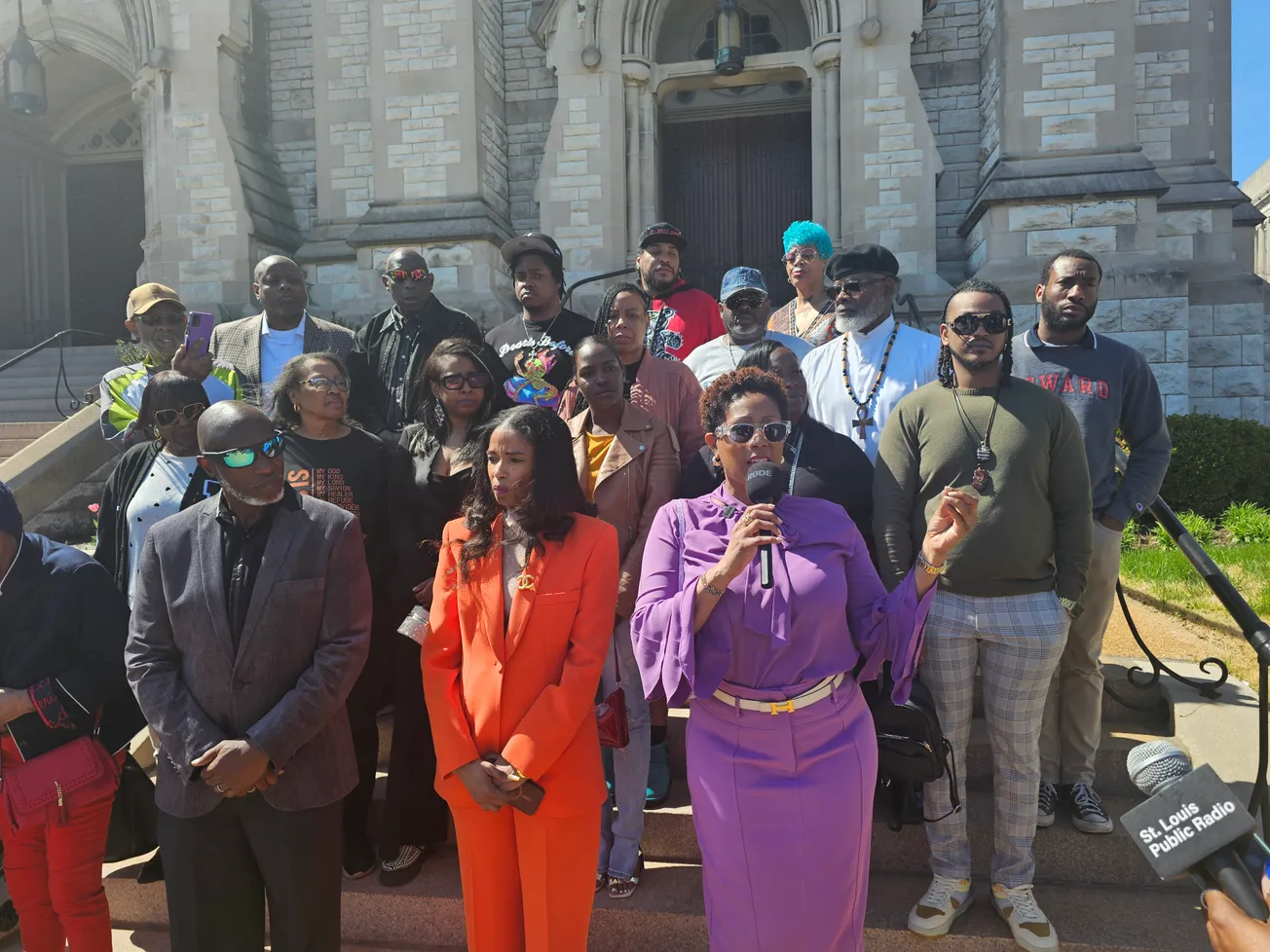On Saturday in Louisiana, a road in Natchitoches Parish will be visibly renamed after one of the region’s best-known figures and the founder of arguably the oldest Black Catholic church in the United States.
A two-and-a-half mile stretch of Louisiana Highway 493 will be unveiled as the Augustin Metoyer Memorial Parkway with a ceremony at 10am CT, part of the annual Creole Festival at St Augustine Catholic Church, a parish Nicolas Augustin Metoyer founded in 1829.
“The unveiling ceremony gives tribute to a most remarkable man who put Isle Brevelle on the map,” reads an announcement from the organizers.
“[He] established a faith-based community and creole culture spawned on Isle Brevelle, Louisiana and now spread across Louisiana and the nation.”
Unveiling Ceremony for Augustin Metoyer Memorial Parkway https://t.co/dEmNxtvFC9
— Nat. Parish Journal (@NPJNatLa) October 5, 2022
The renaming has been in the works for some time, the brainchild of one of Augustin’s descendants, Emile Metoyer.
“Everywhere we go we see streets named after important community people. Like a dream, it came to me that we must recognize our founder,” he said.
Metoyer later teamed with the St Augustine Historical Society (SAHS) to get the idea off the ground, after which a slew of financial sponsors got on board, including various descendants, parishioners, and a number of public officials.
Among them is SAHS president Dcn Mark Guidry, a direct descendant of Metoyer and today a St Augustine staff member. He will assist the church’s pastor, Fr Charlie Ray, in dedicating and blessing the new signage.
“Our forefather, ‘Grandpere Gustin’ was a good and faithful man,” he said.
“What started as a calling has become a great legacy of faith and a Creole culture that has spread across America.”
Outgoing Louisiana state senator Louie Bernard introduced legislation for the official change earlier this year, and Governor John Bel Edwards signed the act into law in May. The sign being unveiled today, one of four on a stretch of road running in front of St Augustine Church, is located next to a nearby bridge over the Cane River.
JOYFUL DAY!
Posted by St. Augustine Historical Society on Saturday, October 8, 2022
The area, known colloquially as Isle Brevelle, stretches back in history to the era of French colonial settlement beginning in the 17th and 18th centuries. Quintessentially Creole and Catholic, the community was also associated with slavery from its earliest days, as well as the common practice of plaçage, wherein Black women functioned as pseudo-wives of wealthy White settlers and plantation owners.
One such figure, Marie Thérèse Coincoin, was born into slavery but freed by her partner, later becoming known for her own financial prowess. She is said to have created the well-known Melrose Plantation, and by all accounts became independently wealthy. She also managed to upset the local slavery system to some extent, functioning as a protector of those she owned and using her wealth to free her children and grandchildren.
Nicolas Augustin Metoyer, after whom the Melrose parkway is to be named, was Coincoin’s eldest son, also born enslaved and later freed by his father. He established a chapel on the plantation in 1803, according to Guidry, which later became St Augustine. After Metoyer’s death in 1856, the same year it became a canonical parish, he was buried at St Augustine Cemetery, which was added to the National Register of Historic Places in 2014 along with the church.
One of the oldest African-American religious institutions of any kind, St Augustine remains a centerpiece of the local community, and Coincoin’s home—now a museum—was listed on the National Register in 1979. Both properties fall within the Cane River Creole National Historical Park, which was added to the NRHP in 1994.
The region also came into the national spotlight more recently, upon the rediscovery of “Cane River,” a Black film released in 1982 and later lost to history until its rediscovery in 2013 and re-release five years later. It is set in the Isle Brevelle locale, and several key scenes were filmed at St Augustine.
The region is also one of several Black Catholic sites being honored in the United States this month, including today at Sacred Heart Catholic Church in Raywood, Texas and on October 16 at St Mary's Catholic Church in Vicksburg, Mississippi.

Nate Tinner-Williams is co-founder and editor of Black Catholic Messenger, a seminarian with the Josephites, and a ThM student with the Institute for Black Catholic Studies at Xavier University of Louisiana (XULA).









